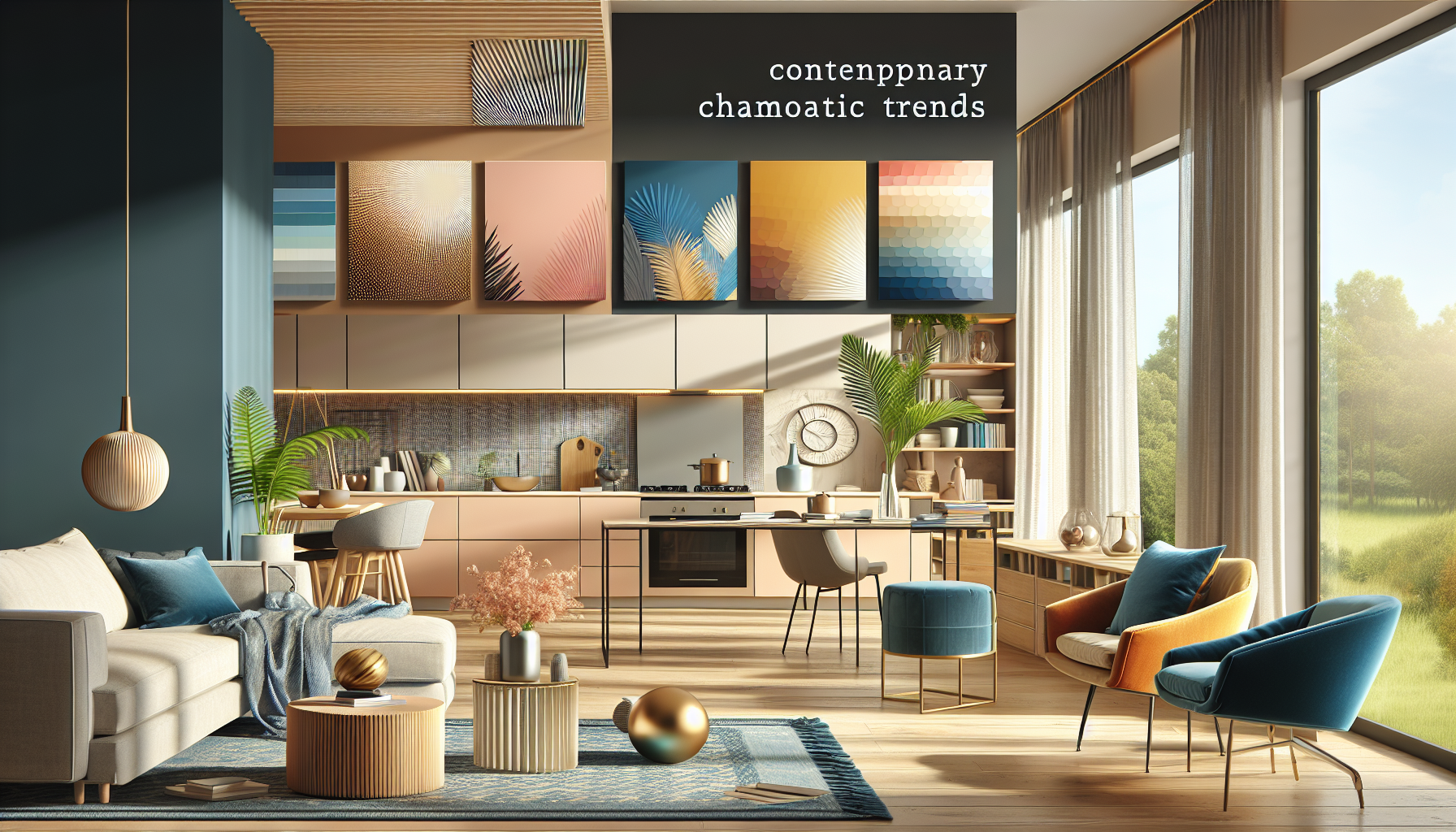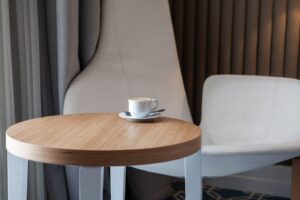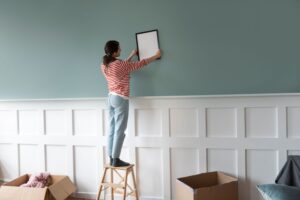Home color trends are undergoing a significant shift, moving towards more natural, soft, and emotionally driven palettes. Industry experts closely monitor these trends, identifying the hues that set the pace by blending style, balance, and functionality.
Choosing colors for the home has transcended mere aesthetics and has become essential for transforming spaces and the emotions of their inhabitants. Current color trends, driven by studies on well-being and sustainability, aim to create more personalized environments where harmony and visual comfort are paramount. In urban settings, where homes tend to be smaller and rely on artificial lighting, these color palettes promote the creation of cozy spaces.
Painters in major cities have seen an increased demand for shades like warm beige, light taupe, and grays with green undertones, especially during renovations and redecorations of second-hand homes. Industry professionals have noted how consumer preferences have evolved, shifting towards palettes that integrate contemporary functional and stylistic needs.
The current palette suggests softer contrasts with subdued tones that add depth without visually saturating the spaces. Instead of opting for strong complementary colors, there’s a shift towards visual continuity through similar shades that preserve the overall harmony of the environment. Finishes have gained importance, with matte common in bedrooms and living rooms, while satin options are reserved for more high-traffic areas such as hallways and kitchens.
In recent years, a preference for nature-inspired colors, like earth tones and clays, has solidified. These shades not only convey calm but are highly versatile, allowing for unrestricted decoration play. In many homes, this approach results in cozy and personal environments, essential for residents’ well-being.
Psychological studies have shown that color directly influences mood and perception of space. As a result, colors that modulate sensations are increasingly chosen. In bedrooms, green hues evoke serenity, while deep blues encourage concentration in study spaces. Terracottas and muted corals have also made a comeback, suitable for social spaces, promoting comfort and interaction.
Color combinations are evolving towards bolder but controlled proposals. Mixing greens with powdered pinks or grays with soft mustards is recommended, always focusing on low saturation and including decorative elements that unify the palettes. Experts suggest testing colors in the actual space before making final decisions, as lighting and furnishings can alter the perception of hues.
With the increase in remote working, the role of color in homes has shifted, becoming a resource for delineating multifunctional spaces without adding physical barriers. This strategy facilitates space organization, allowing for the creation of differentiated areas, such as a reading nook or an office, within a room.
Despite the dominance of neutral and earthy tones, there has also been a revived interest in classic colors, such as navy blue or bottle green, applied in ways that bring elegance without appearing outdated. Professionals are updating these palettes with contemporary techniques and applying these colors to specific elements instead of covering all walls.
Finally, the choice of eco-friendly paints is on the rise, prioritizing products with low volatile organic compound content, benefiting both the environment and residents’ health. Sustainability has become a central pillar in chromatic decision-making.
The future of home painting leans towards conscious personalization, where the chosen colors respond to the emotions and lifestyle habits of each household. In this context, color becomes a tool for expression and transformation, directly impacting how people inhabit and experience their spaces.











